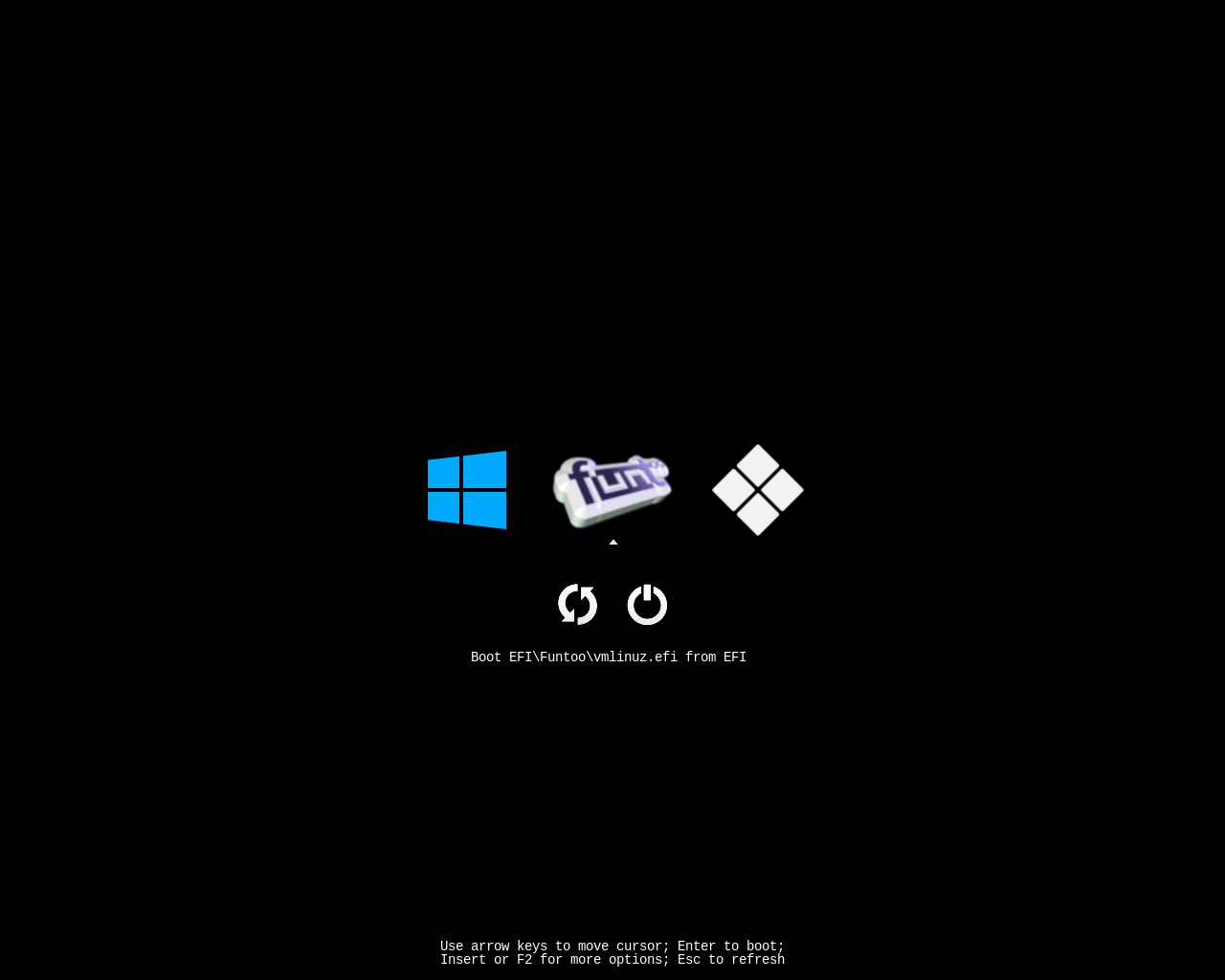REFInd is a boot manager for UEFI computer that will allow you to choose between Windows, Linux and Mac OS X, and other operating systems when you boot your computer, it can auto-detect your installed operating systems and presents a pretty GUI menu these operating systems. REFInd is one of the most popular multi-boot managers on the market.
REFInd is a UEFI boot manager capable of launching EFISTUB kernels. It is a fork of the no-longer-maintained rEFIt and fixes many issues with respect to non-Mac UEFI booting. It is designed to be platform-neutral and to simplify booting multiple operating system. Windows Boot Manager (EFI Microsoft Boot bootmgfw.efi): Is responsible for loading the Windows Loader (C: Windows System32 winload.efi) chosen by the user (in case there’s more than one Windows installed). Replacing Windows Boot Manager. Our goal here is to replace Windows Boot Manager with refind (but, of course, allowing refind to call the. Refind installiation is quite simple. It has a theme support and easy to configure with text-based. However, it's only recognize efi boots and also it will automatically include kernel which make the os menu duplicate. But, cleaning the menu from duplicating boot files are as easy as pressing delete buttons.
So I’ve installed Ubuntu on the metal of my MacBook Pro Retina (13 inch, ifyou must know) and in order to dual-boot the machine, I use the rEFInd BootManager.

It works really well and was simple to configure, but I found that afterupgrading to Yosemite (10.10), Mac OS X became the default boot OS, whereasrEFInd was booting by default originally.
Originally, this was fine, I dealt with just holding the Option key downduring boot to bring up the Startup Manager and selecting EFI Boot inorder to get into Linux. I wasn’t restarting the computer that much anyway.But like most things, eventually, it irked me enough that I set out to fix it.
Normally, in OS X, to change the boot drive, you’d use System Preferences andchange your Startup Disk but in this case, you won’t see your EFI partitionavailable to be selected. Likewise, even if you go ahead and follow rEFInd’smethod for mounting the EFI partition, you’ll find that it’s not selectable asa Startup Disk. Or, even if you can, selecting it and restarting makes no difference.
Refind Boot Manager Mac Install
So, what’s a guy to do? Turns out you can hold the Control key downprior to clicking onto a volume/device in the Startup Manager to set thatvolume as the boot default! So, I held down Control, clicked EFI Bootand that’s that.


This worked for me on my 2011-era Mac, now running OS X 10.10, but since thisoption isn’t officially documented anywhere that I can see, it could go awayat any time. Try it and add a comment below with your results.
Thanks to Macworld for the solution!
As a side note, it’s interesting to see the UI for Mac OS has barely changedin decades for selecting a Startup Disk.
Refind Boot Manager For Mac
Go Top